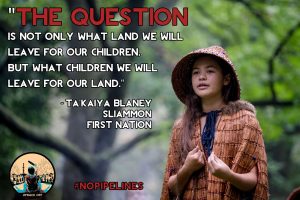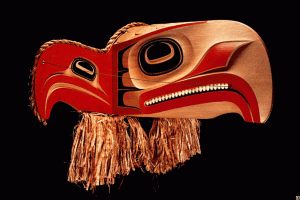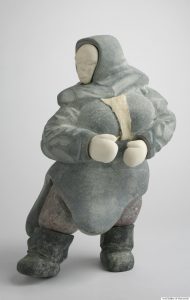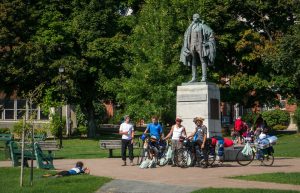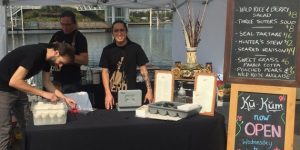There is nothing more tragic than realizing how many Indigenous Canadian women have been either subjected to horrible acts of violence, or murdered. The Native Women’s Association of Canada reports that “between 2000 and 2008, Aboriginal women and girls represented approximately 10% of all female homicides in Canada. However, Aboriginal women make up only 3% of the female population.” Something is clearly wrong here, and in the last few years has been put into the political spotlight.
Technology has assisted the families of the victims in getting the word out that these victims deserve justice. Technology has helped get the word out to a large part of Canada’s population via Twitter, FaceBook, Wikipedia etc… The spotlight put on this issue has also pushed the story into the mainstream media sites like the CBC and even across the Atlantic to the BBC. So much political pressure has been brought to bear, that Justin Trudeau made an election promise that if elected, his government would create a commission to investigate the missing and murdered Indigenous women cases that are not yet closed, and put efforts into better protecting them from acts of violence. Before this last election, this issue was not on Canada’s radar. P.M. Stephen Harper was castigated for his inaction when it came to this issue. Technology helped make this issue more visible. Most Canadians have now been alerted to this issue, and a major reason has been the use of technology in spreading the message via social media.
Here are many links where this issue can be found on the Internet:
http://www.cbc.ca/news/indigenous/topic/Tag/Missing%20and%20Murdered%20Indigenous%20Women
https://en.wikipedia.org/wiki/Missing_and_murdered_Indigenous_women
http://www.amnesty.ca/our-work/campaigns/no-more-stolen-sisters
http://ww.facebook.com/mmiwg2s/
